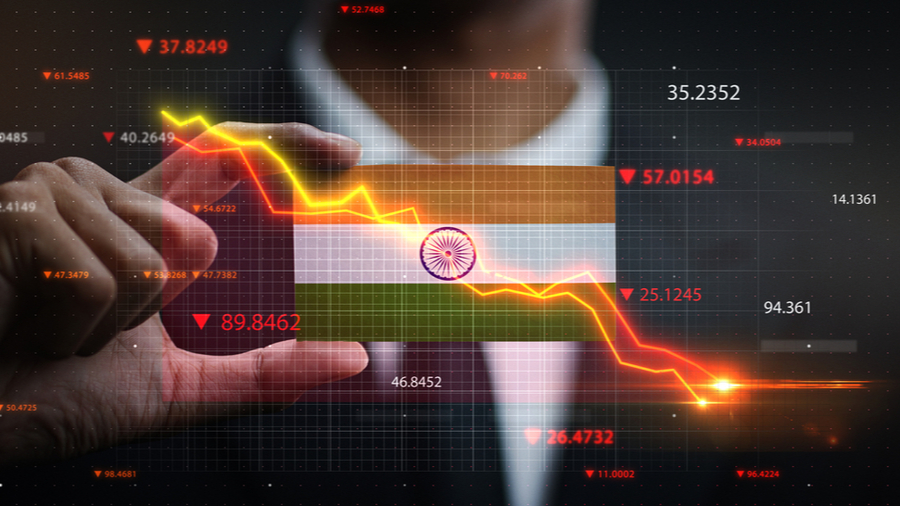India is in the midst of a serious health crisis not only in society but also in the economy. The widespread pandemic has aggravated the decline of the economy, which was already discernible before the arrival of Covid-19. Now the Reserve Bank of India has announced that India is in the midst of a technical recession, experienced for the first time ever in the country. A technical recession is said to occur when there is a contraction of the gross domestic product for two consecutive quarters. In the first quarter of this financial year, the GDP fell by a massive 23.9 per cent. The quick estimate by the RBI for the second quarter indicates a further fall of 8.6 per cent. On top of this, retail inflation hit a 77-month high of 7.61 per cent in October 2020, even higher than the September rate of 7.27 per cent. This inflation is sustained by a marked rise in the prices of food items. The consumer food price inflation was 11.07 per cent in October this year. Meat and fish prices rose by 18.70 per cent, eggs by 21.81 per cent, and vegetables by 22.51 per cent. The RBI has the target of keeping the retail inflation range bound between 2 per cent and 6 per cent. This means that the economy is in a phase of stagflation, and this will make an accommodative monetary policy more difficult in the near future. Hence interest rates may be on pause for some time to come. With monetary policy kept in check to curb inflationary expectations, the policy-based stimulus has to come from the ministry of finance.
The finance minister recently announced a third stimulus package — Atmanirbhar Bharat 3.0 — worth Rs 2.65 lakh crore. Like the previous two packages, a lot is notionally allocated as additional credit for willing borrowers (and lenders). These transactions are not under the direct control of North Block. They do not constitute direct benefits to consumers to boost demand. In the schemes announced, apart from the effects of a larger fertilizer subsidy to farmers and income-tax relief to homebuyers, the only direct benefit to households is worth Rs 10,000 crore in the form of additional allocation for the MGNREGA job creation scheme and the Pradhan Mantri Gram Sadak Yojana programme.
The Centre’s approach has been to continue to depend on credit availability to drive recovery and growth. However, credit off-take from the banking system was poor last year and this has dropped further in the first half of the current year to 5.1 per cent compared to 8.6 per cent in the first half of 2019-20. Fresh credit was mainly allocated for personal loans and agriculture. Non-food credit growth was alarmingly low. The government has to understand that demand creates additional output and employment. It is not the other way round.










